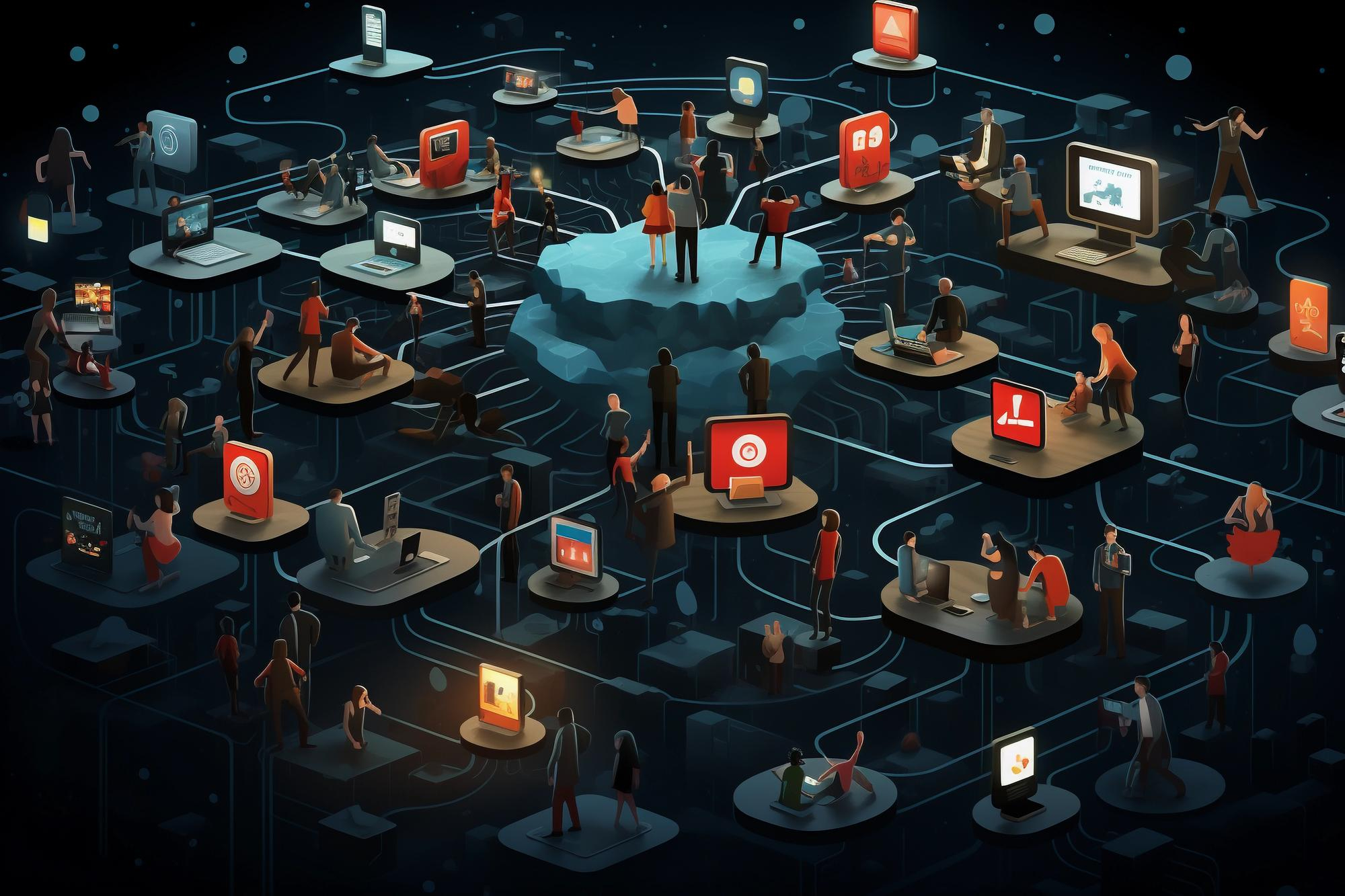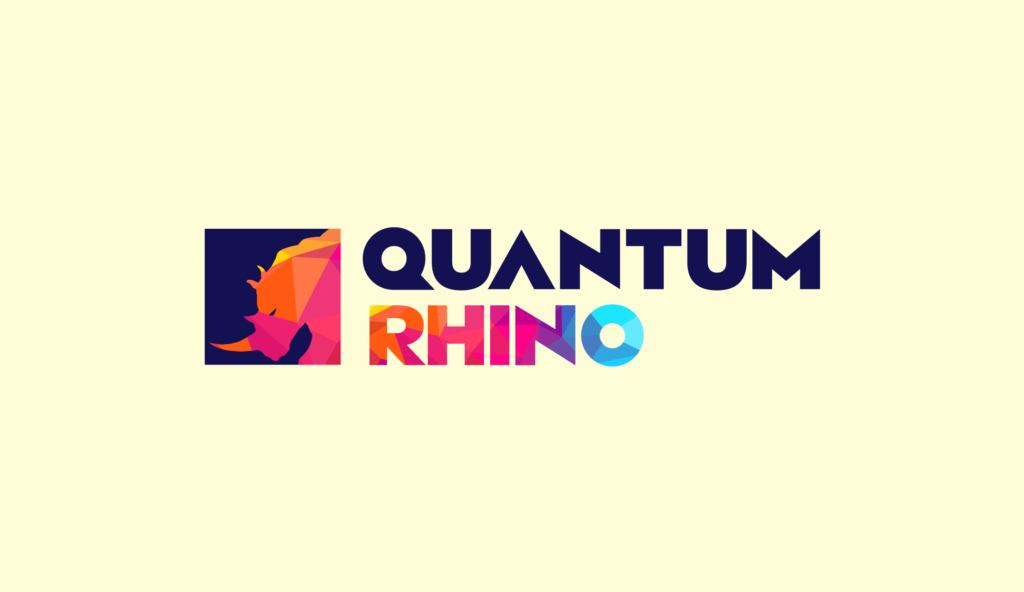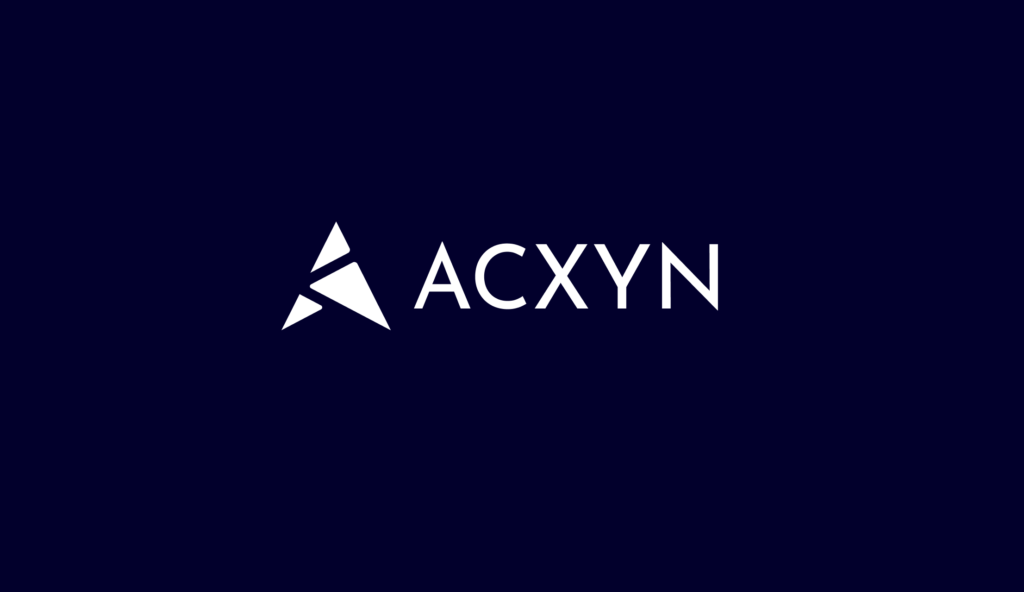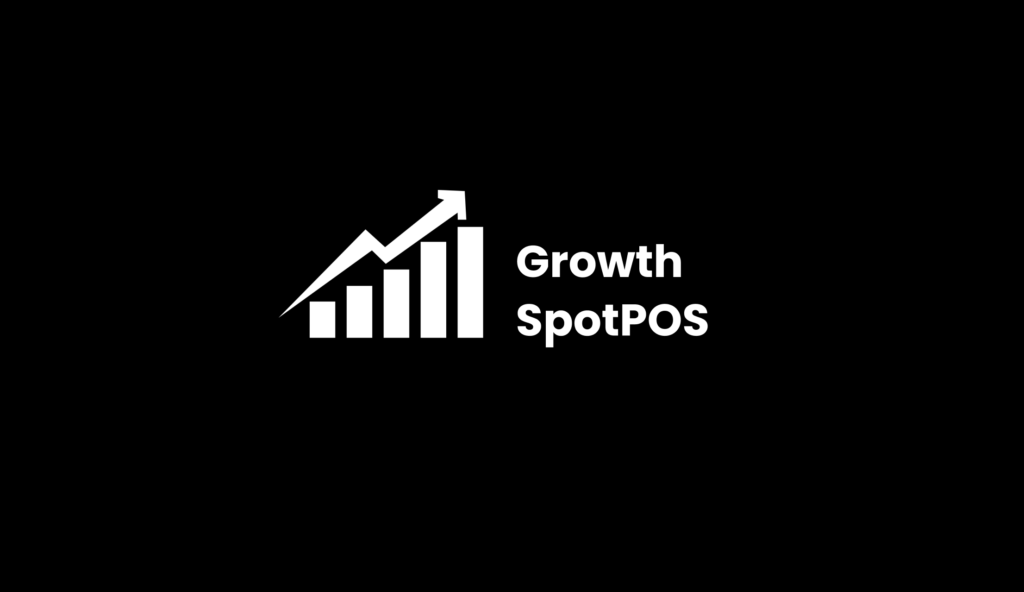From the start, it was clear that there was a close relationship between online communities, teamwork, and Web3. People from all backgrounds were interested in blockchain technology, including well-known businessmen, IT enthusiasts, and a wide range of developers. In the Web3’s decentralised universe, the community is crucial in fostering innovation, adoption, and governance. Due to its ability to promote more inclusive, open, and transparent involvement without the use of middlemen, decentralisation is regarded as the most crucial component of Web3 technology.
The emergence of Web3, which is driven by decentralised networks, has been enabled by the growing dominance of cryptocurrencies and blockchain. This revolutionary online movement, which aims to give users and creators back control, is signalling a paradigm shift in the way we use social media. The term “Web3” refers to a broad range of concepts and futuristic decentralisation visions in which community-driven, ad-free, and self-made content will predominate.

Several Web3 platforms, like as web browsers, video-sharing websites, blogging platforms, and social networking sites, are currently blockchain-powered, and both producers and users are eligible for rewards. Instead of adopting a zero-sum strategy where one side must win in order for the other to lose, these platforms, which are powered by their native tokens, introduce a symbiotic model to the internet where everyone benefits. Web3 social networks provide built-in payment layers, cutting out unneeded middlemen and extra expenses. Additionally, because of their complete interoperability, consumers have the freedom to effortlessly purchase, sell, and exchange native assets across other platforms. The use of a variety of play-to-earn, learn-to-earn, and other similar incentivized programmes for their communities is another way that Web3 platforms let content creators connect into the expanding metaverse. Community members can gain platform-native tokens by taking part in these activities. They can then use these tokens to pay platform producers, buy new features on the platform, or trade them for other tokens.
Instead of using a centralised server owned by a company, decentralised social networks run on individually run servers. One instance of a decentralised social network is Mastodon. It works very much like Twitter and is built on open-source technologies. Data entries can be saved on servers located anywhere in the world thanks to blockchain technology. Since everybody on a network can see the data in almost real-time, it promotes transparency. Users have more power and freedom on decentralised social networks. A person can set up their own social network, choose how it functions, and limit what users can post. The creator of a federated social network can define the guidelines for appropriate behaviour on the platform rather than having content regulated by a business.

Communities are what give web3 communities genuine worth. They encourage genuine connections and provide users the chance to participate in a common cause or interest while giving them total control. Web3 communities offer a platform for participants to add to the creation and gain from its success. Members of the group then facilitate viral marketing, accelerating the community’s expansion. Web3 communities communicate their goals, disseminate information, and enlist new members using both public and private channels (often Twitter and private, dedicated forums). The goal of communication on this channel is to foster relationships, spark interest, and persuade viewers to sign up for the main community platforms.
Web3 can be seen as a doorway to the decentralised future in social networking and online communities. It transfers control of our content and data back to its proper owners, i.e., users, by removing the influence that web2 tech giants have had over it. Users are no longer considered a product with web3. However, they are entitled to govern, monitor, and own their data and make contributions to the social media site. By incorporating several web3 elements, like the digital ledger, NFTs, cryptocurrencies, the metaverse, and more, it expands social media’s reach and provides new opportunities for content providers and users.



